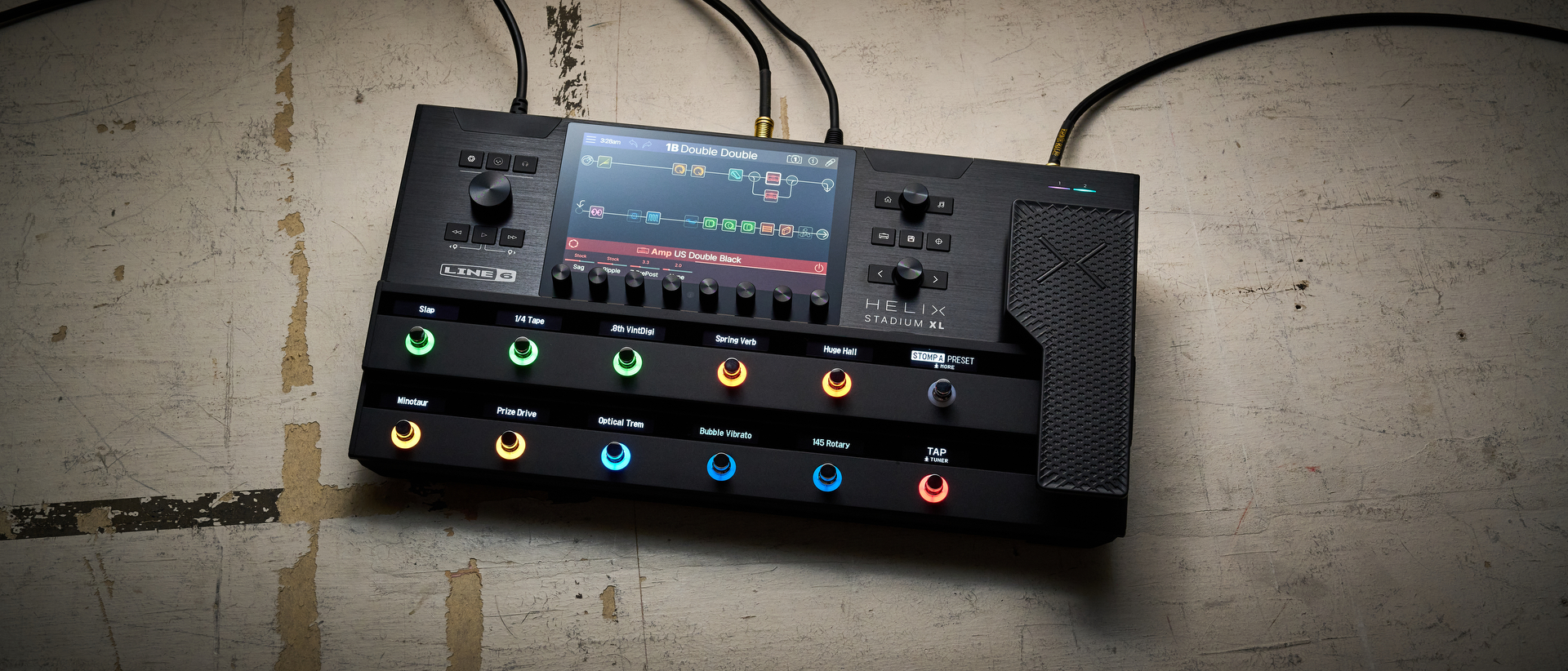7 ways to be a more sustainable guitarist
Celebrate Earth Day by exploring the ecologically sound choices that will make your setup more sustainable, and potentially better-sounding, too

Sustainability is a boring word about the serious business of the stewardship of the planet we live on, and the part everyone plays in that. But thinking more sustainably about being a musician and a guitar fanatic in 2022 is not something that need be driven by eco-consciousness alone – and it needn’t be some dry, socially mandated exercise.
Whether you are wedded to electric guitar or seek acoustic for your kicks, it could very well deepen your relationship with the instrument.
Here, we are going to look at some of the ways you can make more planet-conscious choices with regards to your gear that might just make a similarly positive impact on your playing. Indeed, one person’s sustainability efforts won’t be enough alone to restore Earth to its factory settings, but they might just get them a better rig in the process. And if everyone plays along... well, it all adds up.
Guitar culture has a part to play in this, too. We can all be seduced by the new shiny pedal on the market. We are all seekers, chasing a new sound, or the means to better articulate the one in our heads. But perhaps more focus should be placed on buying secondhand gear.
Joel Handley, who oversees all the music gear deep dives on Reverb, sees the secondhand gear market as a key front in the battle for sustainability.

“There's a saying in architecture that the greenest building is the one that is already built,” he says. “Flashy new constructions with triple-pane windows might get all the leading eco-certifications, but if you simply maintain an old house (instead of replacing it), you'll end up with a much lower carbon footprint. The same is true of music gear.”
Handley’s colleague Jim Tuerk agrees. Tuerk works directly with top guitar brands to promote their gear on Reverb, and sees a lot of innovation happening across some of the most high-profile names in the industry. But he argues that players are missing a trick if they ignore the secondhand market.
All the latest guitar news, interviews, lessons, reviews, deals and more, direct to your inbox!
Buying used gear can save players money and allow them to experiment with new sounds
Jim Tuerk
“Buying used gear can save players money and allow them to experiment with new sounds,” adds Tuerk. “Even better, since used gear holds its value – sometimes even gaining value along the way – when you’re ready to move on to a new instrument, you can pass your gear along to another musician and use the proceeds to fund the purchase of another.”
Spoilers: we’ll revisit the idea of secondhand sustainability further down the line – it’s simply to big to leave off the shortlist – but it’s only part of the story. Let’s look at some easy ways to make your rig more planet-friendly.
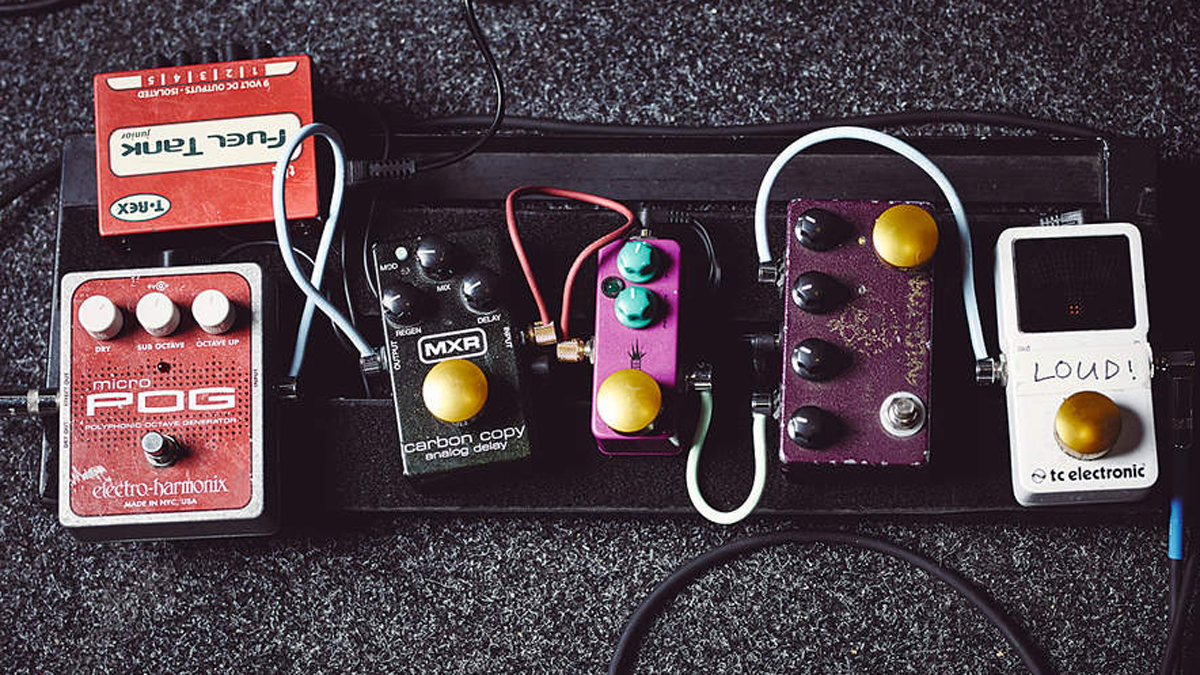
1. Scale down your rig
Traveling light is not just sound advice for tourists, it makes perfect sense for guitar players, too. That’s especially true today in an era where digital and compact amplification has revolutionized the guitar rig as we know it.
Nowadays, there are super-portable options for traditionalists and amp modeling digital converts alike. Digital amp modeling units such as the Neural DSP Quad Cortex and the Boss GT-1000 perform the roles of numerous amp heads and speaker cabinets, putting more virtual pedalboard candy at our feet than would otherwise be possible with their hardware equivalent.
Those who don’t need so many options could always embrace the 21st-century evolution of the tube amp and hook themselves up with a floor-friendly amp. The Victory V4 amp series has made boutique tube tone eminently portable, with embedded Two notes technology allowing you to go direct with a number of emulated cabinet and mic placement options to sculpt your sound.
The environmental upside? Well, you can take public transport and, all things being equal, reduce your carbon footprint. Plus, you also have less to contend with when dialing in a mix when playing live.
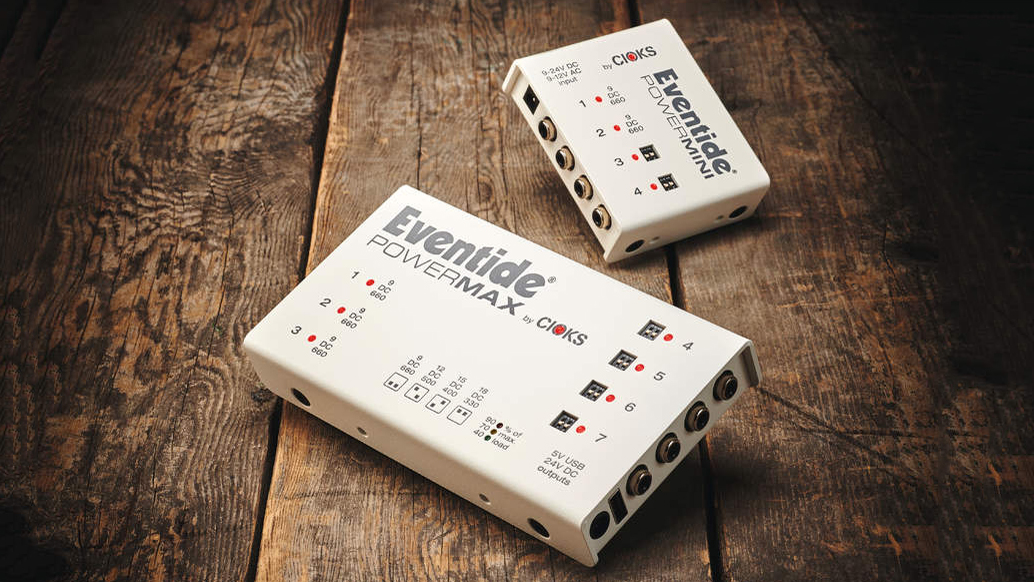
2. Get a pedalboard power supply
This is another area where doing the sustainable thing makes sense from a guitar player’s point of view, regardless of your eco-credentials. If you are running pedals, ditch the batteries and get yourself a pedalboard power supply; it will save yourself a lot of expense in the long run, and quite possibly save your show, too.
The 9V battery is really nothing but a tease and only really good in an emergency. And yet, particularly when we first start assembling a pedal collection, we get into the habit of using them. Rechargeable batteries are of course an option but they fade over time, and when you have to remember to charge your phone, electric toothbrush and so on, it’s just another thing to worry about.
The best thing is, though, with a good quality isolated power supply, you can run all your pedals from one source, giving them exactly the voltages they need, without worrying if that chorus pedal with the dwindling red LED is just about to give up on you. “If you really want to use less energy, keep in mind that analog pedals generally draw far less electrical current than digital effects,” says Handley.
And if you want to go one step further, Godlyke offers a carbon-free power supply, the Power-All ECO-Dapter, which is produced in collaboration with the Carbonfund.org Foundation and neutralizes its carbon footprint through the purchase of carbon offsets. And yes, it comes in fully recyclable packaging, too.
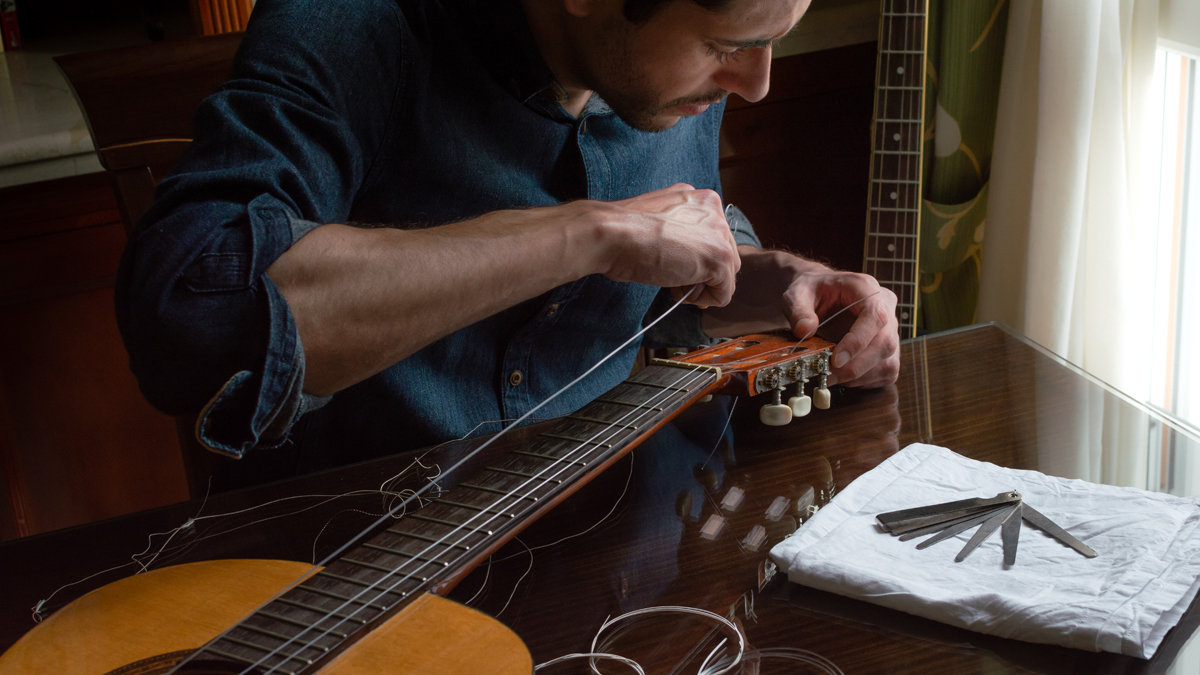
3. Repair your gear
Choosing not to part with your gear just because it, or some component therein, has broken can be an easy win when it comes to extending the life of your setup, and in turn will make it more sustainable.
This, hopefully, is obvious when it comes to the guitar. There is nary a part of it that can’t be fixed for use. Oftentimes, these repairs can be carried out by the player themselves, and performing such maintenance – say, replacing the tuners, swapping out a crackly output jack – will deepen the connection with the instrument.
But it is also true of amplifiers, particularly tube amps. Regular servicing will keep them operating for longer, and should anything go wrong, a qualified tech should be able to fix it. As Tuerk notes, hand-wired tube amps can be more easily fixed by an engineer. They might be more expensive, but can last a lifetime with proper use.
“There’s not a particularly good way to make an eco-friendly amplifier, so find one or a select few that have just what you need and then work to maintain them well,” says Tuerk. “While tubes are not very green to manufacture, a hand-wired tube amp can be repaired more easily by a tech than many newer circuit designs.”
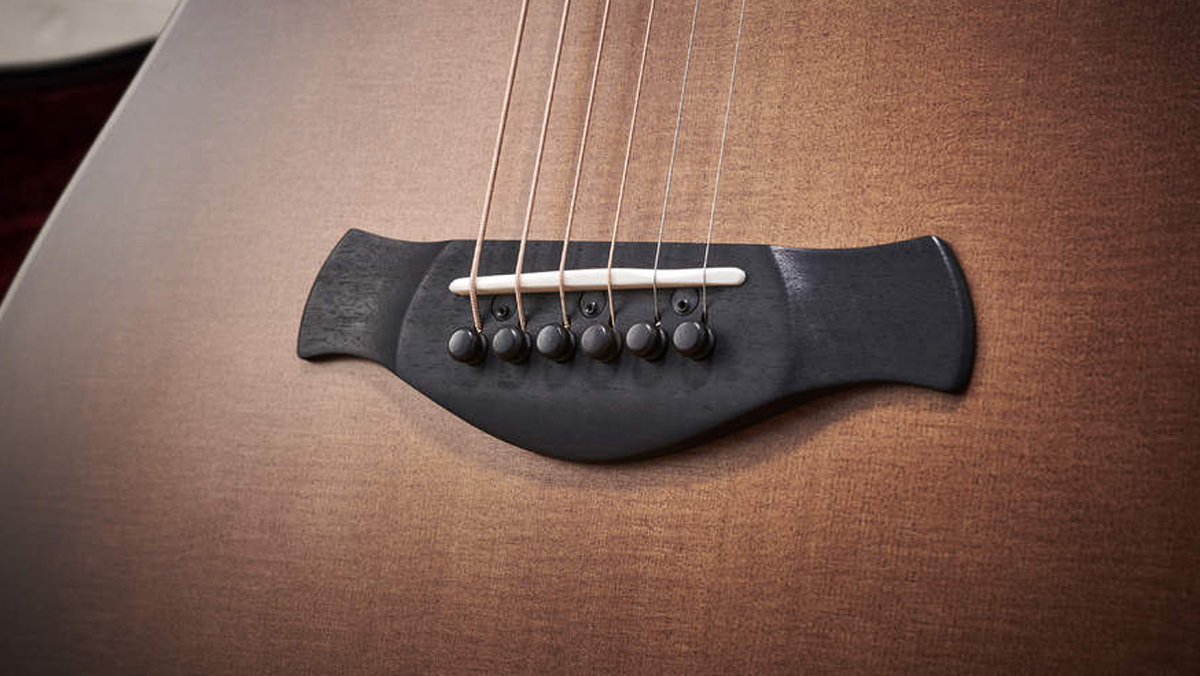
4. Think eco-friendly when choosing tonewoods
In retrospect, the CITES restrictions on the exports of certain tonewoods might have been overreach in an attempt to protect sensitive forest stocks from exploitation from furniture manufacturers. But in taking rosewood off the menu for many guitar manufacturers, it highlighted some of the issues the guitar industry is facing in sourcing timbre for instruments.
The search for sustainable alternatives has changed guitar culture. Just look at Fender’s Player and Player Plus Series, which have popularized the use of pau ferro as a credible rosewood substitute.
Similarly, Gretsch, Jackson and Epiphone have been using Indian laurel, while Martin has long since embraced Richlite on its Road and X Series acoustic guitars – a super-durable, FSC-certified composite material that is a more-than-credible alternative to ebony for fingerboards and bridges.
High-end guitar-making is following suit. Taylor’s West African project looks to create a sustainable source of ebony, and its use of Urban Ash – reclaimed wood from felled trees in urban and suburban areas – has shown the merits, ecological and tone-wise, of thinking creatively in sourcing wood.
Breedlove’s recent collaboration with the Oscar-winning actor Jeff Bridges on a signature guitar has also drawn attention to the potential of using reclaimed timber as opposed to clear-cut. The Jeff Bridges Signature Oregon Concerto Bourbon CE is an acoustic electric guitar built from myrtlewood sourced locally in the Beaver State. The possibilities are endless.
“There are plenty of manufacturers who are making instruments with sustainability in mind,” says Tuerk. “Taylor, Martin, Fender and countless others are producing fantastic new instruments while exploring using different woods, reinvesting in forests, and building community around conservationist causes. Those more recently made instruments can carry those stories, too.”
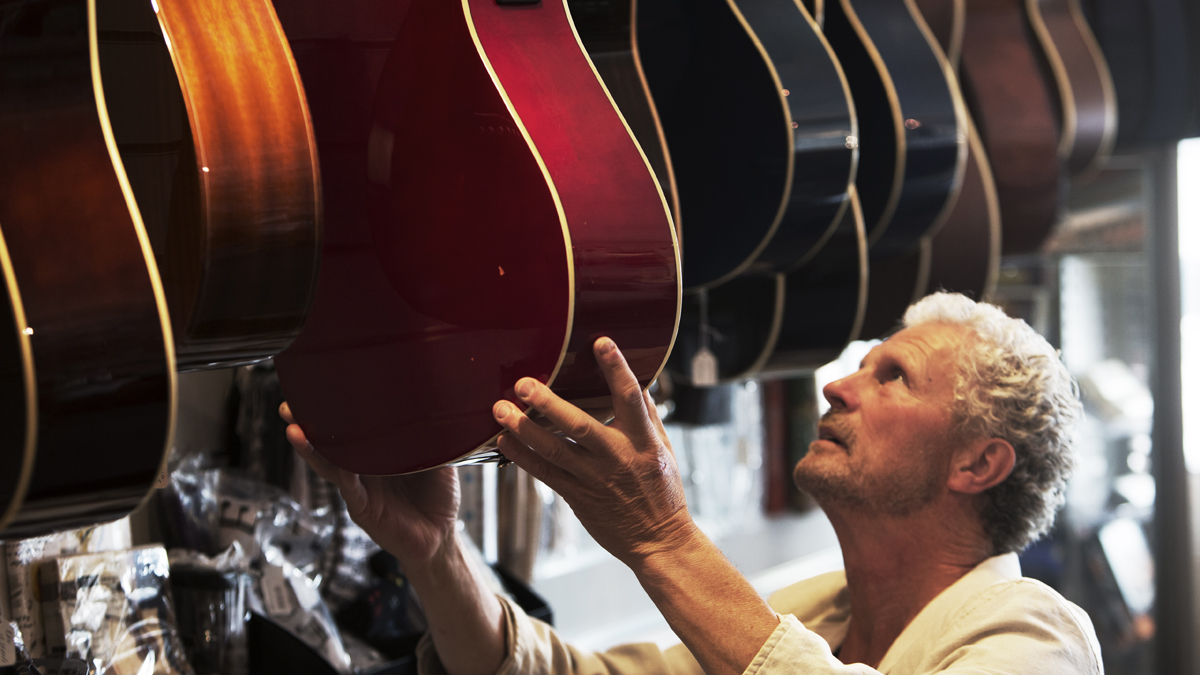
5. Do your research before buying gear and get what you really need
Sustainable rigs begin with sustainable choices. The more information you gather about what your buying, the more likely it is that you'll know if it really is right for you. This is true of all components in your rig, from guitar picks to speaker cabinets.
And don’t forget the peripherals and accessories; sourcing a top-quality guitar cable can be expensive but there’s a false economy in buying cheap leads. They sound bad and they’ll break on you. That goes for patch cables on your pedalboard, too.
“A sustainable choice that guitarists can make every time they buy gear is to get the best-made equipment they can afford at that moment,” says Handley. “We've all grabbed cheap cables in a rush. We've all bought a new pedal on a whim. But cheap cables break, and impulse-purchase pedals don't live up to our hasty expectations, so what do we turn around and do? We go out and buy something else.
“Instead, take the time to do your research and buy something that will suit your needs – and last. For example, if you're looking for some guilt-free suggestions, try the sustainable, bamboo-made guitar picks from Magic Room Brand, or Fender’s high-quality hemp instrument cables.”
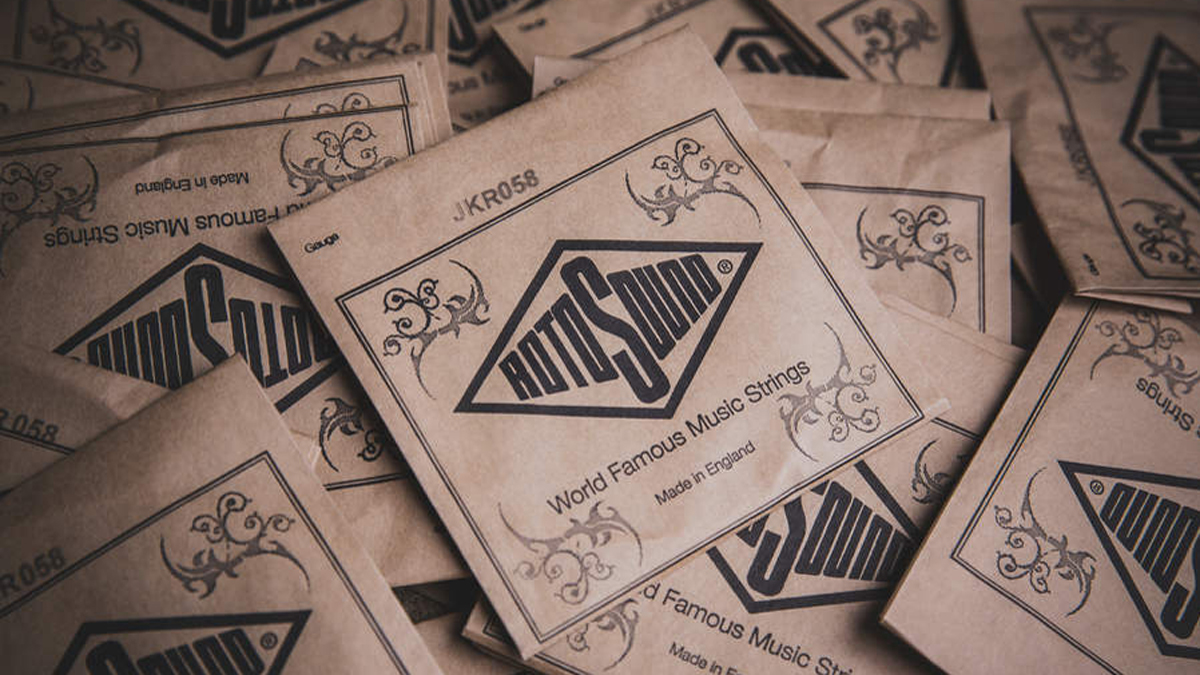
6. Recycle your guitar strings
There are numerous options on the market for longer-lasting guitar strings, such as D’Addario’s XS and those from Elixir, which use pioneering coatings to preserve string freshness. Ernie Ball claims its Paradigm series uses a wire drawing build that increases its tensile strength by up to 35 per cent, ergo fewer breakages. But in time, all of these strings will need to be replaced. The question is, what to do with your old strings?
Well, recycle them. Before checking with the local authority as to what can and can’t be recycled, there are some programs available. Open a Players Circle account with D’Addario and you can participate in its Play Back string recycling program. You even earn loyalty points that can be exchanged for new stuff.
7. Buy secondhand… and sell the gear you don’t want
We mentioned it earlier, but what is buying and selling secondhand gear if not a mode of recycling made fun? But better than that, it’s a more cost-effective way of acquiring a gear collection, and finding those instruments might otherwise pass us by if we only focused on what’s new in store.
Some gear you might not think is worth selling. If you’ve got an entry-level Strat copy that you’ve outgrown, pass it on and give someone else the bug. We don’t have firm data on the percentage of players we have interviewed who got started on a hand-me-down guitar, but it’s definitely a statistically relevant cohort.
Also, today’s secondhand market is tomorrow’s vintage market. There’s a romance to the instrument; each guitar has its own story. Sometimes these secondhand buys speak to a player in a way that might take a new guitar years to do. Tuerk has a theory about this.
“Physical human interaction with an instrument changes its look and feel over time,” he says. “That interaction is also often what takes a hunk of wood or a collection of wires and creates a family heirloom to be passed down.
“I have a Gibson Country Western acoustic guitar from 1955 that I picked up at a local music store a few years back. The previous owner brought two identical model guitars from the same year into the shop that day; one was kept in the box for decades while the other was played every day.
"The unused guitar had the original shine and hangtags that all the collectors wanted, but the well-worn guitar with its neck reset and a glued-together pickguard was the one that sounded and felt right – at least in my hands.”
Jonathan Horsley has been writing about guitars since 2005, playing them since 1990, and regularly contributes to publications including Guitar World, MusicRadar and Total Guitar. He uses Jazz III nylon picks, 10s during the week, 9s at the weekend, and shamefully still struggles with rhythm figure one of Van Halen’s Panama.

